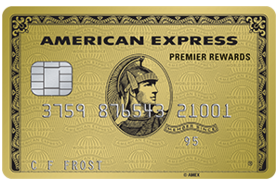
No matter where they are issued, all credit cards are essentially the same. They have to be, so they can be used anywhere in the world.
But a quiet revolution has begun that will most likely make the plastic you’ve got in your pocket seem so 20th century.
Have a look and you’ll see that your card will bear the logo of your bank and another identifying the type of card it is — Visa, MasterCard, Diner’s Club, American Express, Discover etc. The various issuers also provide holograms or other unique security marks.
Some cards are customisable, featuring a picture of you or the logo of your favourite sport team, or the logo of co-issuer. There’s a panel on the back for your signature, which also features a three-digit card identification number. (On Amex cards, this is a four-digit number on the front of your card).
Your card will, of course, feature your name and a number with a certain number of digits — 16 in the case of Visa and MasterCard, 15 for American Express (and the technical reason for that is here). This uniquely identifies it and makes sure that transactions are charged to the right person.
The first one or two digits identify what kind of card it is, and the last number is a “check digit” that allows computer systems to correct for errors. The number is, of course, unique, and the high number of digits allows for cards to be issued for many, many years without the risk of duplication.
You’ll also note a magnetic strip and a computer chip, which provide two ways for computers — ATMs, retail card readers and other devices — to identify it, enable security checks and complete the transaction.
Now go back to the number. In many cases, it, your name and the card expiry date are raised.
Why? Because when charge and credit cards were first introduced, they went through manual machines that produced a paper receipt, and a slip of carbon paper ensured that those raised digits and letters were recorded.
These machines are obsolete, and so is the need to have raised type on the cards. It’s just that many banks and other card issuers haven’t caught up with that reality yet.
Bonus fun fact: The name CF Frost appears on the dummy American Express cards used in advertisements in homage to Oglivy & Mather executive Charles Frost who worked on the Amex account in the 1960s. “CF Frost” also runs the company’s Instagram account.
